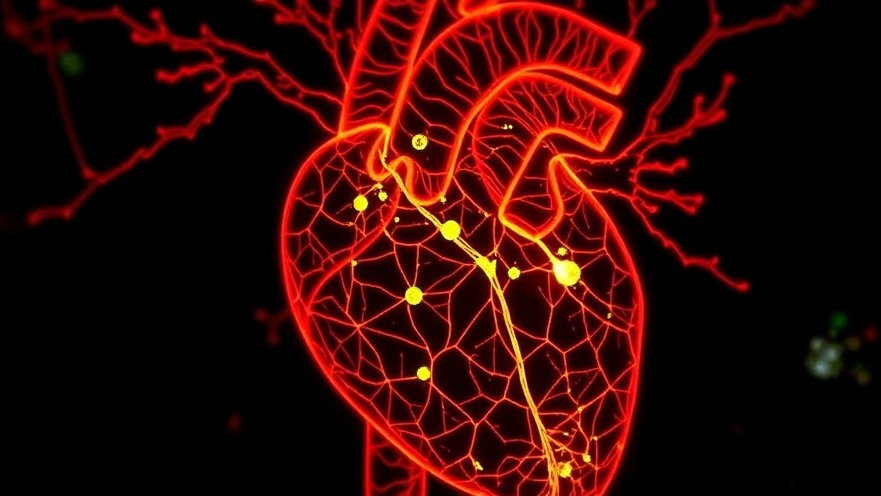
Revolutionizing Cardiac Care with Light-Activated Technology
The future of cardiac care is pulsating with potential thanks to groundbreaking research from Mass General Brigham and its collaborators. Imagine a world where heart tissue activity can be manipulated remotely, without invasive procedures, using only light. This vision is now closer to reality with the development of an optoelectronically active ink that facilitates this transformation. This innovative ink, which can be incorporated into bioprinted tissue, holds the promise of repairing damaged hearts, significantly impacting the field of cardiac therapy.
Understanding the Technology: How It Works
At the heart of this advancement lies a sophisticated technique that merges bioprinting and optoelectronic materials. The researchers infused bioprinted tissues with a unique ink that responds to light stimulation to generate electrical activity. This has addressed a major challenge: previous bioprinted tissues were unable to produce the necessary electrical impulses for functional cellular operation, often requiring cumbersome and damaging invasive methods like wires and electrodes for stimulation.
Dr. Y. Shrike Zhang, a pivotal figure in this research, emphasizes the significance of this ink, stating, "We can print scaffolds that allow remote control of engineered heart tissues." This capability not only enhances the potential for non-invasive cardiac treatments but also heralds exciting opportunities for related applications in regenerative medicine.
Real-World Implications: A Leap in Cardiac Treatments
The implications of this technology are vast, particularly in its ability to synchronize and accelerate heart rates in engineered tissues through light stimulation. With preclinical models already demonstrating success, the pursuit of further understanding is underway, focusing on long-term tissue regeneration and seamless integration with the host’s biological processes.
This is a game-changer for healthcare practitioners who are consistently seeking innovative methods to improve patient outcomes. The ability to repair cardiac tissues non-invasively gives practitioners a new tool at their disposal, one that can potentially reduce recovery times and enhance patient comfort.
The Road Ahead: Future Predictions and Trends
As technology continues to evolve, the integration of light-activated inks in cardiac therapies might expand far beyond the heart itself. Research may lead to additional applications in various types of cellular and tissue engineering. Imagine using similar techniques to target other organs or systems in need of regeneration or enhancement. Such advances could fundamentally alter how practitioners approach treatment for conditions ranging from chronic diseases to trauma recovery.
Counterarguments and Ethical Considerations
With every innovative technology comes a set of challenges and ethical considerations. The prospect of manipulating biological tissues using light raises questions about long-term effects, potential unintended consequences, and the ethical implications of such control over human biology. It is essential for healthcare practitioners to remain informed on these discussions to better understand the soundness and implications of introducing this new technology into their practice.
Conclusion: Staying Informed in a Rapidly Evolving Field
As concierge health practitioners strive to stay ahead of advancements that may impact their patients, embracing insights into emerging technologies like light-activated ink is crucial. This evolution in cardiac treatment represents not only a significant scientific milestone but also a shift in how we perceive and pursue regenerative medicine. Careful consideration and continual learning about such innovations will empower practitioners to deliver enhanced care and better patient outcomes in an ever-advancing medical landscape.
 Add Row
Add Row  Add
Add 






Write A Comment